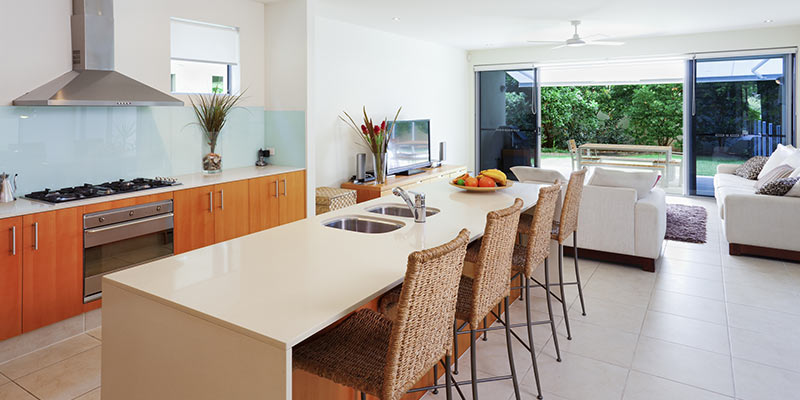How to find a tenant for your rental property?
Before you start the journey to find a tenant, you first need a strategy – a marketing strategy.
Like any product new to the market, to find a tenant for your rental property you need to determine what you are offering, who is your ideal customer and how you want to package your offering?
When residential vacancy rates are low (around 1% – 2%), your product is most likely in high demand, but higher vacancy rates (over 3%) signify low rental demand, which means you may need to work harder to attract the right customer.
The good news is, no matter the market condition the approach to finding a tenant for your rental property is the same.
Follow these 7 steps to find a tenant:
1. Know the market, make sure your rent is competitive
Every owner of an investment property wants to maximise their rental return and minimise turnover of tenants. Experienced property managers know how to get this balance right. They will look at comparable properties in the area and along with understanding market and suburb trends, set a competitive price that generates more enquiries. The more interest generated leads to shorter vacancy periods and fewer costs to the landlord
2. Use attention-grabbing headings
Chances are your property listing will be advertised alongside hundreds of other properties. Ask yourself: what sets your property apart? Views, location, style of the property, age, inclusions? Use these features in your advertisement header to grab the attention of prospective tenants. But remember that no one likes to be disappointed – don’t be tempted to exaggerate or embellish when it just isn’t true.
3. Use professional photography
Pictures tell a thousand words and professionally taken photographs sell more houses, faster. This is also true for rental properties. A professional real estate photographer will capture the internal and external features of your property in the right light, and from the best angles. This enhances your online ad and attracts more interest. But be sure to tidy your property before the photo shoot, to present it in the best possible way.
4. Paint a picture, be descriptive
While 80% of us are visual communicators, your property listing needs to include a written description of all the features that can’t be captured in a photo. A clear and concise explanation of the highlights of the property is best. Including property size and location, inclusions, proximity to schools, shops, public transport, major hubs, roads, and facilities and whether pets are allowed.
5. Get the word out there
There are multiple channels to market a rental property – list with online property sites, share on social media, advertise online and in print publications, produce brochures and flyers, do a letterbox drop and signage outside the property. Good property managers know which channels work best and what attracts prospective tenants.
One approach is to always let any good tenants that are vacating in your portfolio, know of the upcoming listing.
6. Dress your property for viewing
A well-presented property, that looks and smells clean and fresh is more appealing to prospective tenants. If the price is competitive, great presentation increases the property’s value. It also sets an expectation with the tenants for how the property should be treated and maintained, long-term.
7. Don’t simply rely on open homes to lease the property
As great as your product offering may be, rental properties don’t lease themselves. Property managers should be at the viewing to screen each prospective applicant prior to taking them through the property. They need to make themselves available to answer questions as well as get as much information from the interested parties as possible.


